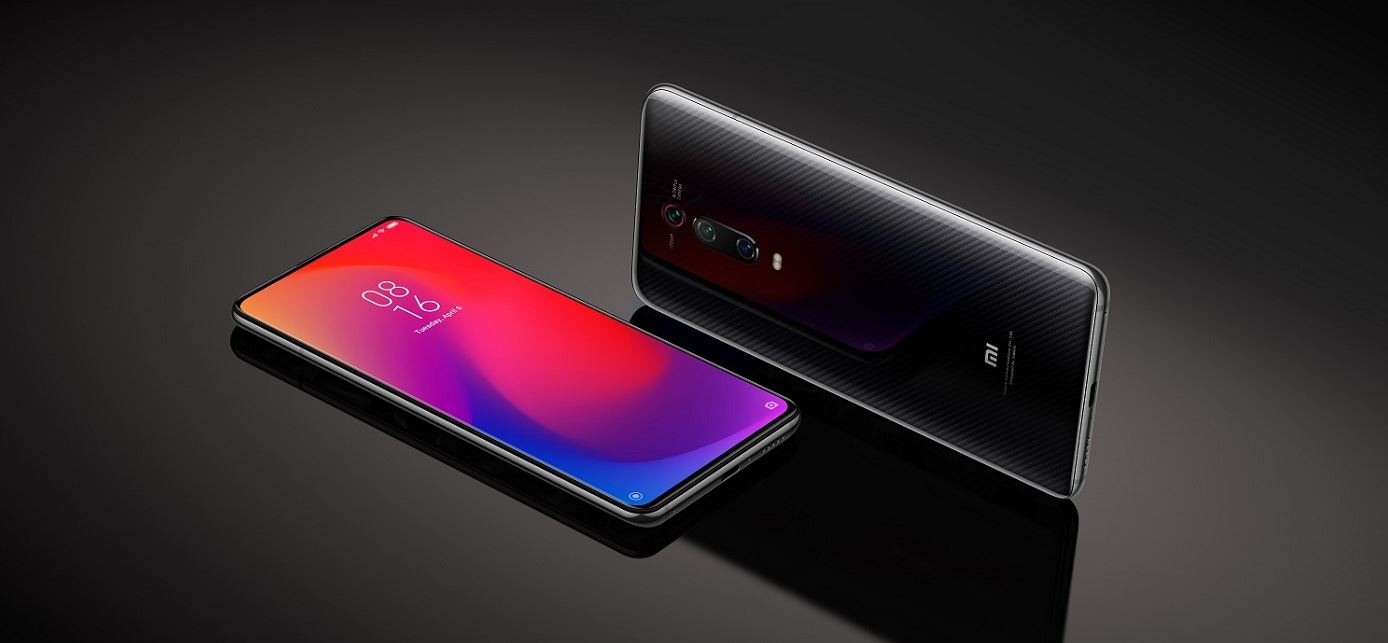At P18,990, the Xiaomi Mi 9T Pro is arguably the best phone for that price. Nearly after a year later, it’s now facing a challenger which is the OPPO Reno3. With both mid-range devices battling for one position, which is the better phone?
Table of Contents
Reno3 and Xiaomi Mi 9T Pro/Redmi K20 Pro Similarities and Differences
| Advantages of Reno3 | Advantages of Xiaomi Mi 9T Pro/Redmi K20 Pro | Similarities |
|
|
|
Which is the better buy between the Reno3 and Xiaomi Mi 9T Pro/Redmi K20 Pro?

Design and Display
While both devices are relatively large by today’s standards, the Reno3 is thinner and lighter even with the metal-glass-metal build. It also has that minimalistic finish on the back as opposed to the “loud and proud” finish on the Mi 9T Pro. Although Xiaomi’s device is almost a year old already, it still looks unique amongst other phones. Thanks to the use of a pop-up selfie camera that’s seemingly going out of style, there’s no distracting notch nor pinhole here. The pop-up camera even features an LED notification. If we have to pick a winner, the distinct design of the Mi 9T Pro wins it for us.
As for the display, we’re looking at punchy AMOLEDs at 1080p resolution. We do have to point out that the Super AMOLED type of Mi 9T Pro makes it technically better than the standard AMOLED as it allows for lower battery consumption. On top of that, literally, there’s Gorilla Glass 5 for protection and HDR playback support. The Mi 9T Pro easily wins this round.
READ: Huawei P40 vs Honor 30 vs Nova 7 – the Right Huawei Series for You
Performance
MediaTek Helio P90 vs Snapdragon 855 — we have no qualms that the Snapdragon chipset easily beats the heck out of the Helio P90. The Mi 9T Pro maybe rocking a flagship SoC from the past but the Helio P90 is a Snapdragon 710 alternative only as shown by Antutu benchmarks. While there’s no argument to be made here, the story is different when it comes to RAM and storage configuration. Reno3 is already equipped with 8GB RAM and 128GB internal storage, along with the option to expand via microSD. Since we’re comparing devices at P18,990, the Mi 9T Pro features 6GB RAM and 64GB non-expandable storage only. While the amount of RAM isn’t a big deal, the smaller storage will probably become a problem. If you want more, you have to spend more. It’s hard to decide a winner between the two, so we’ll leave this to your opinion.
Cameras
Reno3 | Xiaomi Mi 9T Pro/Redmi K20 Pro
- main – 48MP f1.8 1/2.0″, 0.8µm vs 48MP f1.8 1/2.0″, 0.8µm
- ultrawide – 8MP f2.2 13mm vs 13MP f2.4 12mm
- telephoto – 13MP f2.4 52mm (2x optical zoom) vs 8MP f2.4 53mm (2x optical zoom)
- portrait – n/a vs n/a
- macro – f2.4 vs n/a
- monochrome – 2MP f2.4 vs n/a
- selfie camera – 44MP f2.4 26mm 1/2.8″, 0.8µm vs pop-up 20MP f2.2 wide 1/3″, 0.8µm
Reno3 fits the bill as the standard 2020 mid-range phone, at least when it comes to cameras. We appreciate the fact that it comes with telephoto and ultrawide lenses for the best of both worlds. Although unnecessary, there’s a 2MP monochrome lens to complete that quad-camera setup. On the flip end, Mi 9T Pro isn’t behind that much — packing the same 48MP Sony sensor along with an ultrawide and telephoto lenses.
It’s a different story when it comes to selfies. The Mi 9T Pro’s 20MP pop-up selfie may be fun to use but it’s not as good as this year’s mid-range phones, especially when comparing to Reno 3’s 44MP sensor that’s geared towards selfie lovers. Whether you like more cameras or better selfies, we’re leaving that up to you. We think you can never go wrong with the two.
READ: Realme C3 Full Review – First phone with Helio G70 chipset
Audio
We still appreciate that both devices come with a headphone jack. Additionally, it supports 24-bit Hi-res audio playback for a better experience. Should you wish to stick with wireless audio, only the Mi 9T Pro supports aptX HD codec that allows for better wireless sound quality. That said, Xiaomi wins this one.
Battery and Charging
The difference in battery capacity here is negligible but when it comes to re-charging, Reno3 gets the upper hand with the ability to fully replenish the 4025mAh tank in 73 minutes. The Mi 9T Pro isn’t too shabby, too, at 27W for the 4000mAh. Should you wish for faster top-ups, you know which to get.
Verdict
As a daily driver, the Mi 9T Pro will definitely do a better job. It’s a device that’s made to last for a few years, however, it does show its age in RAM and storage. While we don’t recommend getting a 64GB device in 2020, especially if you’re looking to stretch the lifespan of the device, the shortcoming is user manageable. Unlike the Reno3 with a mid-range Helio P90, the performance will feel like it deteriorates faster than its competition. But if you don’t care about all that and just want the best selfie for the price, the Reno3 is more than capable of providing that.
READ: Kirin 820: What You Need to Know About Huawei’s SD 765G Killer






































